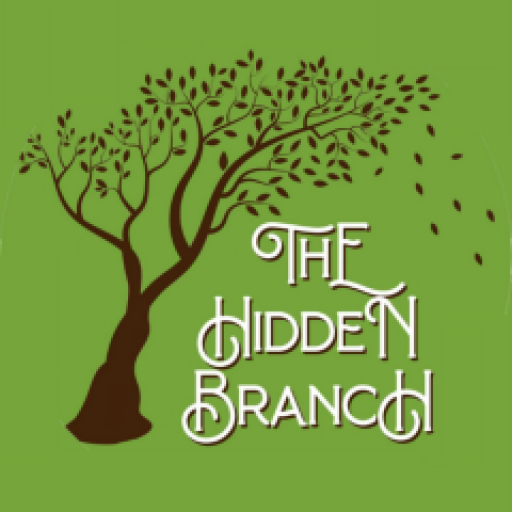Today’s Tuesday Tips is about searching beyond the England and Wales census to find all of your ancestor’s siblings, who might otherwise get lost to history.
One of the staple records within genealogy research is the census. In the UK, the census is taken every ten years to survey all the people and households in the country. It is probably one of the most important records for beginners when we start out our research, and it’s the first place we might look to start gathering information about our ancestors. It’s how we build up a picture of their households, and their wider family such as their siblings.
However, a lot can happen in those ten years between the census taking place. Children who were born and lived the whole of their short lives between the census records can often slip through the cracks and get forgotten when we’re just starting out on our family history journeys, so it’s important to make the effort to try and find them and build a complete picture of the families that made us.
The 1911 England and Wales census is a great resource in particular as it asked women how many children they had born, how many were still alive, and how many had died. I believe it’s important to remember these children and think of them, because their parents and siblings had just as much love for them as we have for our families alive today.
An example from my own tree is my great great grandma Agnes, who I always thought had four children: my great grandfather, his brother, and his two sisters. However, when I found Agnes in the 1911 census, she was said to have had seven children born alive, with three having died between the 1891, 1901, and 1911 censuses taking place.
I then dug further into this, trying to uncover the names of my great grandaunts and granduncles who died young by searching the GRO database. You can browse the GRO for free, but you have to pay to buy full copies of the records. By searching this site, I was able to find that there were actually 8 total births registered with the right surname and the correct mother’s maiden surname in the two locations that my ancestors lived. This was further supported by the baptism and burial records I found for free through FamilySearch, which listed Agnes and her husband as their parents. As you can see, two of the children only narrowly missed being recorded in the 1891 and 1901 censuses:
- Scoley, baptised 27 May 1889 – buried 31 May 1889.
- Agnes, baptised 18 July 1891 – buried 5 May 1892.
- Glossop, baptised 14 July 1900 – buried 2 March 1901.
- Stanley, baptised 30 January 1903 – buried 23 November 1903.
So if you’re researching your ancestors from England and Wales, please consider expanding your research to include resources like the GRO database or FamilySearch to build a more complete picture of your family tree, and remember the children who lived between the census records.
